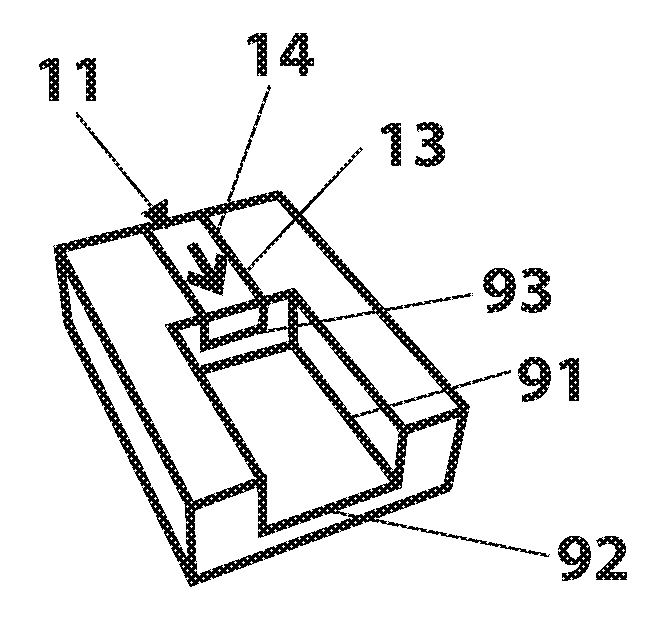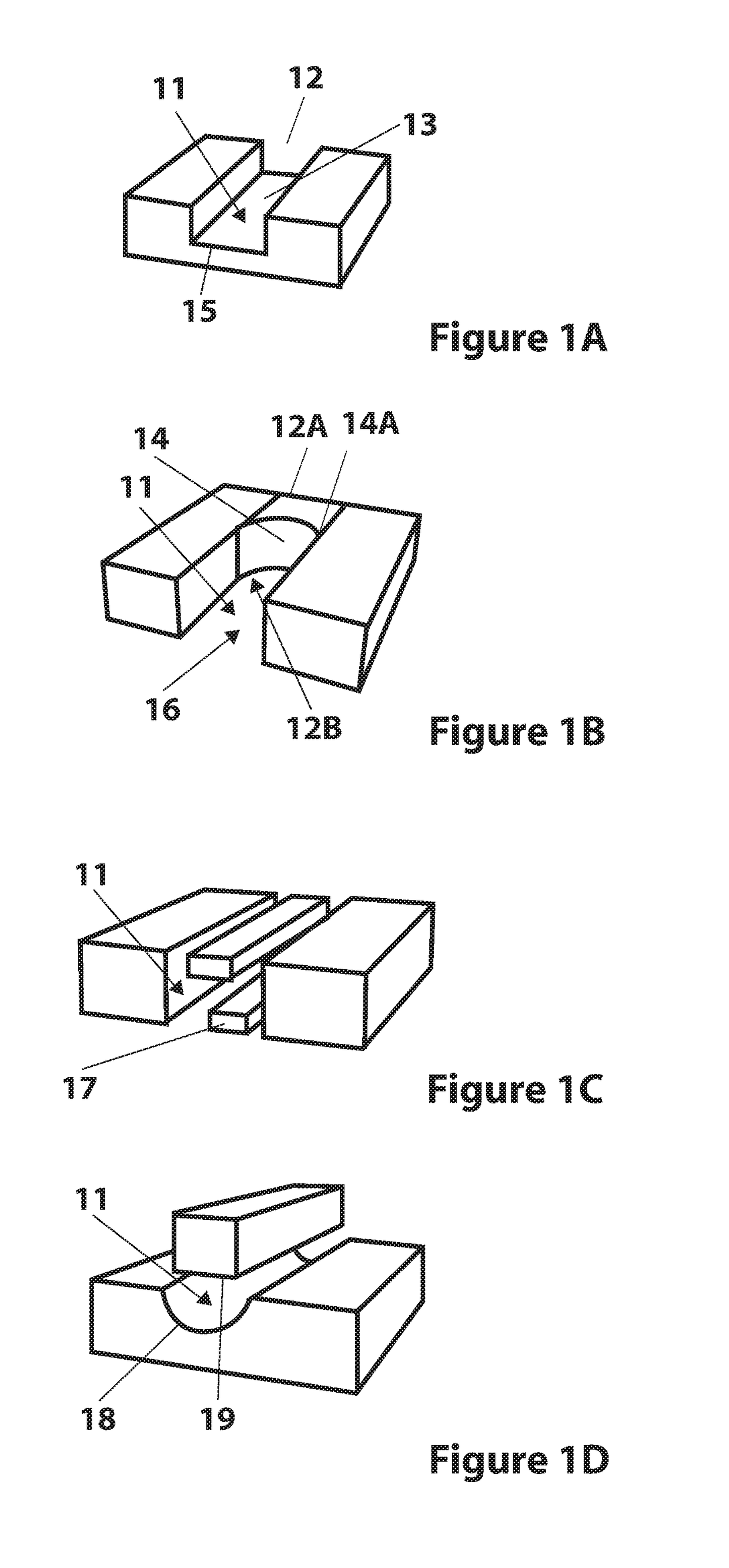Methods, Systems, And Devices Relating To Open Microfluidic Channels
a technology of microfluidic channels and fluid handling, applied in the field of methods, systems and devices regarding fluid handling for medical devices, can solve the problems of lack of control, limited functionality of few existing methods demonstrated until now, and insufficient understanding of flow in open microfluidic channels, etc., to achieve precise handling, reduce costs, and facilitate manufacturing
- Summary
- Abstract
- Description
- Claims
- Application Information
AI Technical Summary
Benefits of technology
Problems solved by technology
Method used
Image
Examples
Embodiment Construction
[0129]The various systems and devices disclosed herein relate to devices for use in medical procedures and systems. More specifically, various embodiments relate to various medical devices, including open devices, methods and systems relating to a microfluidic network.
[0130]It is understood that the various embodiments of the devices and related methods and systems disclosed herein can be incorporated into or used with any other known medical devices, systems, and methods. For example, the various embodiments disclosed herein may be incorporated into or used with any of the medical devices and systems disclosed in co-pending U.S. application Ser. No. 13 / 750,526, filed Jan. 25, 2013, entitled “Handheld Device for Drawing, Collecting, and Analyzing Bodily Fluid,” which claims priority to U.S. Application No. 61 / 590,644, filed Jan. 25, 2012, entitled “Handheld Device for Drawing, Collecting, and Analyzing Bodily Fluid,” co-pending U.S. application Ser. No. 14 / 932,485, filed Nov. 4, 201...
PUM
 Login to View More
Login to View More Abstract
Description
Claims
Application Information
 Login to View More
Login to View More - R&D
- Intellectual Property
- Life Sciences
- Materials
- Tech Scout
- Unparalleled Data Quality
- Higher Quality Content
- 60% Fewer Hallucinations
Browse by: Latest US Patents, China's latest patents, Technical Efficacy Thesaurus, Application Domain, Technology Topic, Popular Technical Reports.
© 2025 PatSnap. All rights reserved.Legal|Privacy policy|Modern Slavery Act Transparency Statement|Sitemap|About US| Contact US: help@patsnap.com



